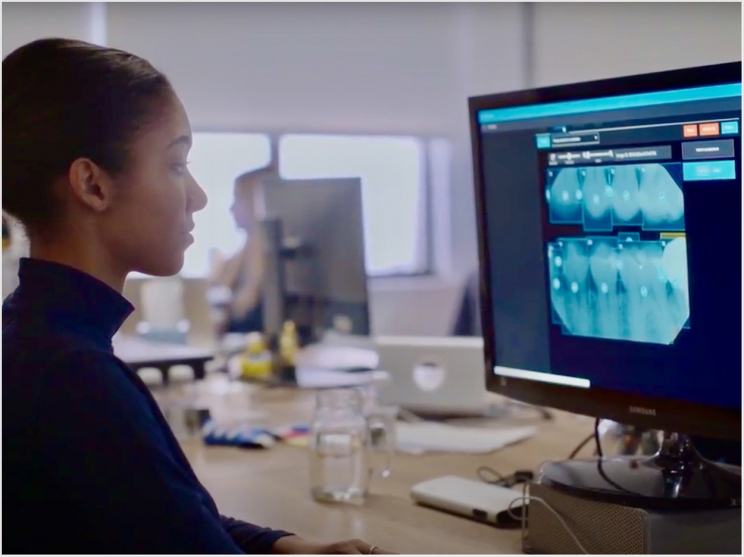
The United States Patent Office has issued US Patent No. 10,932,890, entitled “Enhanced Techniques for Determination of Dental Margins in Intraoral Scans,” to Pearl. It covers the company’s core technology underpinning its Smart Margin and Prep Assess products, which are designed to bring greater precision, reliability, and speed to the restorative fabrication workflow.
Creating dental restorations is a complex process that is time consuming and error-prone, Pearl said. Even as digital imaging and CAD/CAM design and milling technologies have helped streamline fabrication in labs and facilitated the advent of chairside fabrication systems, the company added, flaws introduced at initial stages of the process remain a persistent impediment to reliably high-quality results. The newly patented technology is designed to mitigate those flaws.
“The vast majority of restorations, 80% or more, are suboptimal to one degree or another, but 3D convolutional neural network algorithms have proved exceptionally effective in tackling the root causes,” said Pearl CTO Cambron Carter.
“The technologies we’re developing at Pearl serve a range of dental healthcare needs, but each aims at the same fundamental goal—eliminating inconsistency and elevating outcomes. This patent validates our machine learning team’s effort to deliver on that objective within the restorative arena,” Carter said.
Optimal restoration fit depends on suitable preparation of the unhealthy tooth and creation of an impression, either via digital scanner or mold, that clearly captures the location and surrounding anatomy of the restoration placement, Pearl said. It also depends on the ability of lab technicians to manually delineate those features in the submitted impression, the company added, as errors result in ill-fitting restorations that necessitate a remake in 5% to 10% of cases.
Prep Assess uses the newly patented artificial intelligence-driven system to give doctors and labs real-time feedback regarding the usability of impressions for restoration fabrication. Smart Margin then uses the technology to automatically mark precisely where the margin appears in the digitally scanned impression.
This real-time feedback and process automation means that dentists can easily improve preps and recapture impressions while patients are still in the chair and labs can produce restorations with precision fit, eliminating key sources of waste, expense, and inconvenience for labs, practitioners, and patients alike, Pearl said.
“A zero-return rate for restorations has always been considered an unattainable ideal, but we don’t see it that way,” said Pearl founder and CEO Ophir Tanz. “AI will dramatically elevate the standard of care in dentistry and will do so in myriad ways. Facilitating a flawless restorative workflow is one of them. And, as this patent grant indicates, the necessary technology is already at hand.”
Related Articles
Dental AI Council Looking for New Members
Artificial Intelligence Beats Dentists in Tooth Decay Diagnoses
AI Helps Dental Insurers Find Waste and Fraud in Radiographs



